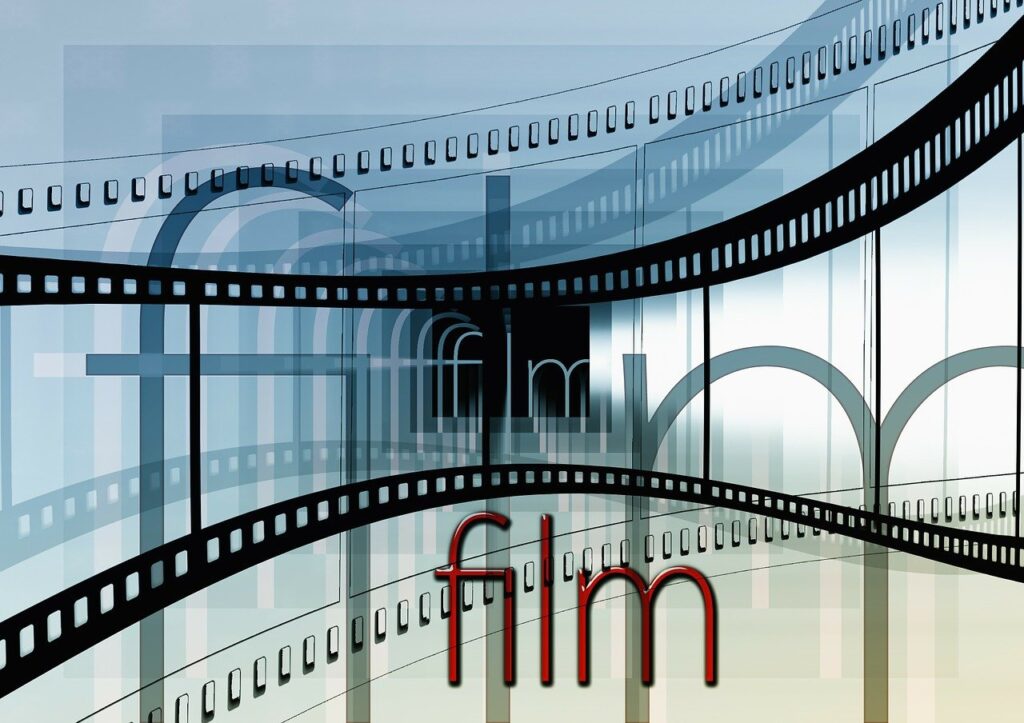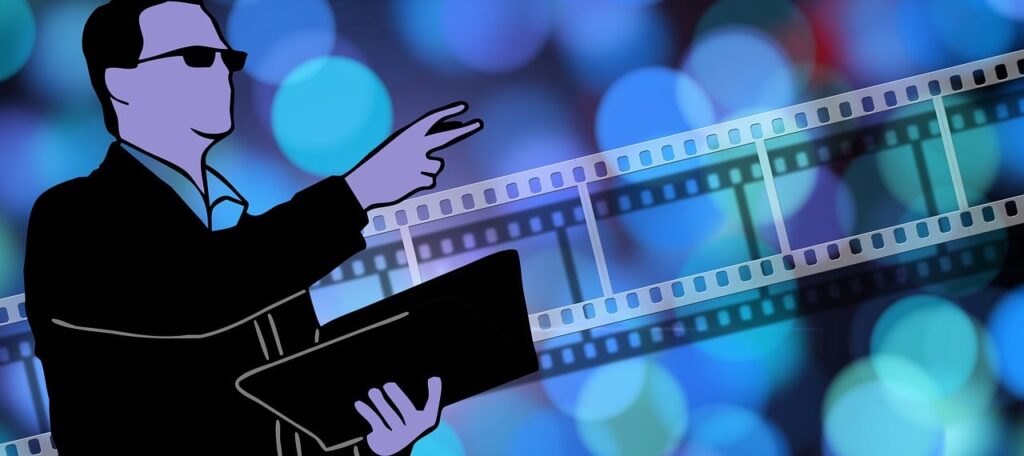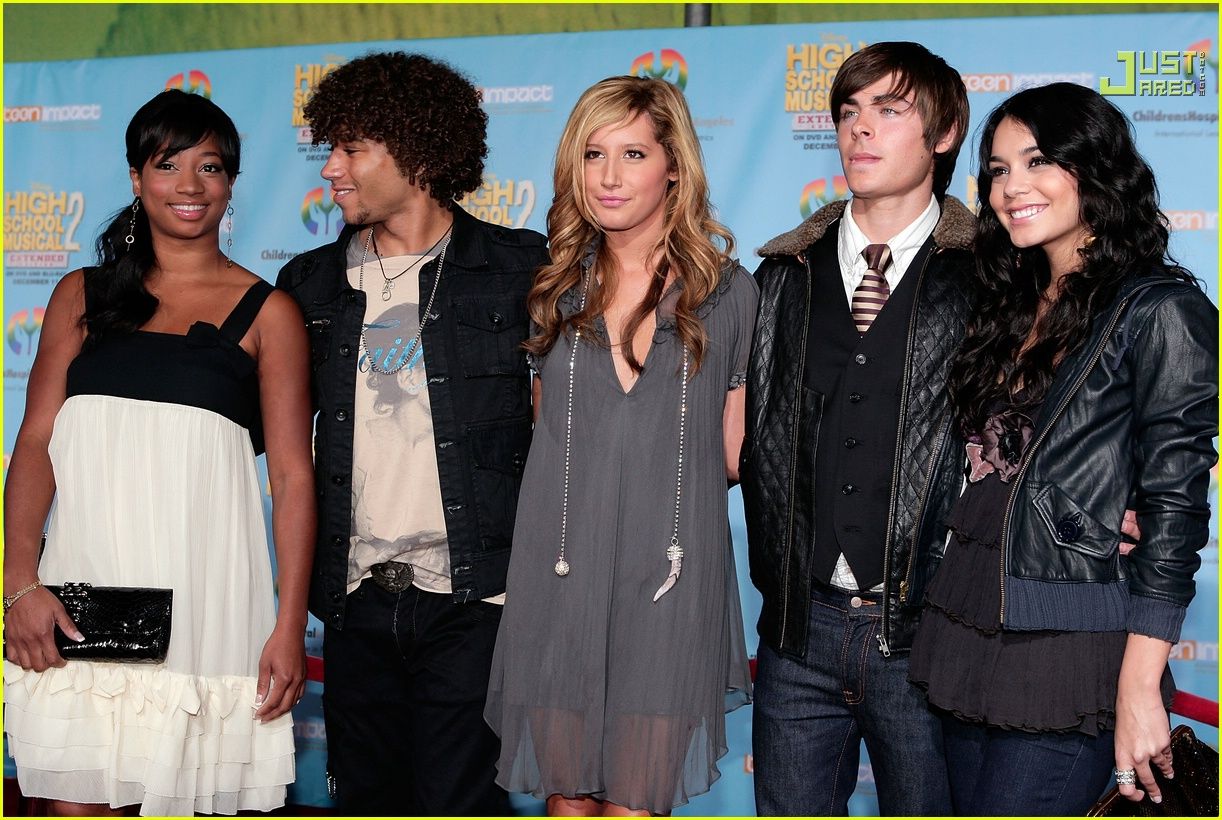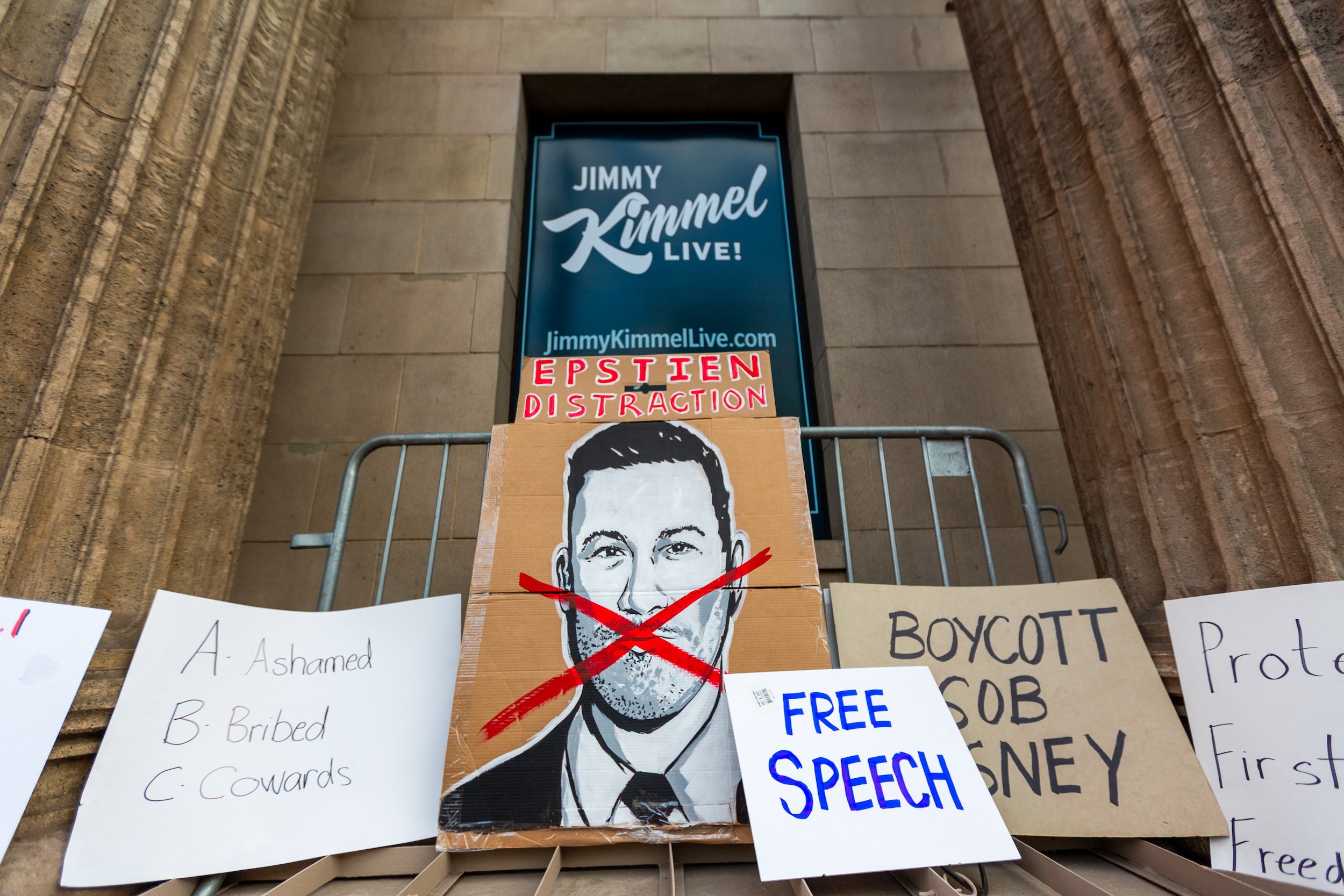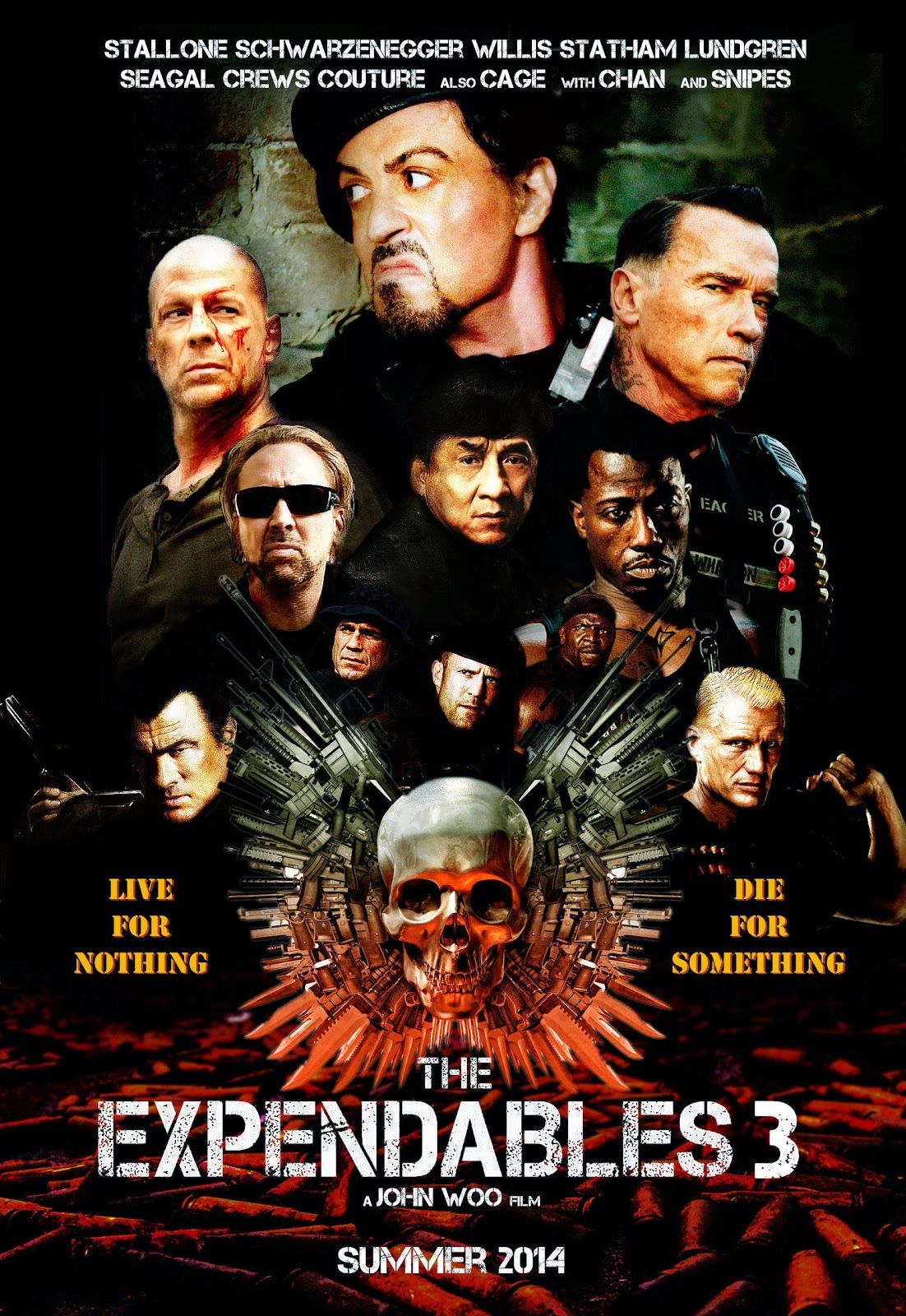Film franchises have become an undeniable cornerstone of the modern film industry, a ubiquitous presence that often shapes our cinematic landscape. For nearly as long as cameras have rolled, studio executives have enthusiastically championed the idea of producing financially viable sequels, hoping to cash in on the roaring success of a popular title. This business practice, when executed brilliantly, has given us artistically and culturally resonant series that have captivated millions globally, from the epic sagas of “Star Wars” and “The Lord of the Rings” to the sprawling narrative of the Marvel Cinematic Universe.
However, the allure of the sequel is a double-edged sword. All too often, this pursuit of continued financial success ushers in increasingly formulaic film series that earn widespread derision from fans, becoming critical and commercial misfires. Think of the later “Jaws” films, the seemingly unending “Resident Evil” installments, or the exhausting “Transformers” sagas – these are prime examples where the magic of the original was stretched thin, or worse, evaporated entirely.
Today, we’re diving deep into a specific, often painful, corner of this cinematic universe: the franchises that returned “way too late.” These aren’t just bad sequels; they are testaments to the delicate balance of timing, creative vision, and audience connection. Join us as we explore 12 such instances where Hollywood’s delay tactics proved to be a fatal flaw, leaving us with a lingering question: what could have been if they had just struck while the iron was hot?

1. **“Sin City: A Dame to Kill For” (2014)**The gritty, stylized world of “Sin City” exploded onto screens in 2005, a groundbreaking neo-noir adaptation that immediately hooked audiences with its striking visuals and hard-boiled storytelling. Co-directed by comics creator Frank Miller, the first film was a significant success, roughly quadrupling its budget with an impressive $160 million gross worldwide. Its unique aesthetic and bold narrative seemed to promise a thrilling future for the franchise, brimming with “yarns” from Miller’s graphic novels ripe for adaptation.
However, the path to a sequel wasn’t as straightforward as fans might have hoped. Instead of immediately diving back into the dark alleys of Basin City, Miller opted to apply the film’s distinctive visual style to other projects. He lent his creative eye to “300” and “The Spirit,” both released in subsequent years, effectively diverting his focus and delaying any direct follow-up to “Sin City.” This creative detour meant a significant nine-year gap before a second “yarn” in the series, “A Dame to Kill For,” finally arrived in 2014.
Unfortunately, the results were far from encouraging. “Sin City: A Dame to Kill For” proved to be a complete bomb, grossing a mere $39 million off a substantial $65 million budget. This stark underperformance clearly indicated that the audience, once so eager for more, had simply moved on. The unique visual style, while still present, no longer felt fresh enough to carry a narrative that struggled to resonate.
The reasons for this dramatic shift in fortunes were manifold. As the original context succinctly puts it, “the audience simply wasn’t there anymore.” Beyond the elapsed time, the storylines presented in the sequel and its restructured cast were “far less memorable” than those of its groundbreaking predecessor. What was once a thrilling, innovative experience now felt like a retread, a belated attempt to recapture lightning in a bottle that had long since faded.

2. **“The X-Files: I Want to Believe” (2008)**For many, “The X-Files” wasn’t just a TV show; it was a cultural phenomenon, a weekly dive into the paranormal and the conspiracies that lurked beneath the surface. When the series wrapped up its initial run in 2002, fans were left with a yearning for more Mulder and Scully. The first “X-Files” movie in 1998 had been a cinematic extension of their world, and naturally, a second film was planned to follow up on the series’ conclusion, aiming to satisfy that enduring curiosity.
However, the road to “The X-Files: I Want to Believe” was riddled with unforeseen delays. Six years is a considerable amount of time in the rapidly evolving landscape of television and film, long enough for even the most steadfast fans to find new mysteries to obsess over. As the original context wisely points out, many viewers would have “move[d] on to other mystery television like ‘Lost'” during such an extended hiatus, diluting the immediate urgency for an “X-Files” return.
When the film finally arrived in the summer of 2008, it found itself in a historically crowded cinematic season, battling for attention against a multitude of other blockbusters. This timing, combined with the significant time lapse, proved to be a critical blow. The sequel grossed roughly a third of what the first film made a decade prior, a stark indicator of a diminished fan base and interest.
The title itself, “I Want to Believe,” inadvertently became a meta-commentary on the studio’s hope, proving that “they merely wanted to believe the audience would still be there.” Despite its struggles, this wasn’t the absolute end for Mulder and Scully; the series did return briefly in 2016, a testament to the characters’ enduring appeal, but the 2008 film remains a cautionary tale of a franchise that returned a little too late to truly capitalize on its legacy.

3. **“Caddyshack II” (1988)**”Caddyshack” isn’t just a comedy; it’s a touchstone, a chaotic masterpiece that perfectly captured a certain brand of irreverent humor in 1980. Its ensemble cast, legendary improvisations, and quotable lines cemented its place in cinematic history. So, when the idea of a sequel emerged eight years later in 1988, the expectations were undoubtedly high, perhaps impossibly so. But as the late, great Harold Ramis himself reflected, he “didn’t even want to write a sequel,” an ominous sign for any follow-up.
Ramis, a key creative force behind the original, was pressured into writing “Caddyshack II” by Warner Bros. and, ironically, by Rodney Dangerfield, who was initially slated to return as the ostensible lead. However, the production quickly unraveled. Dangerfield was the first to back out, a decision that prompted Ramis to follow suit, abandoning the project with only a single draft written. This departure of core talent and creative vision left the sequel adrift before it even properly began.
Nevertheless, the studio forged ahead, using that initial draft to “fart out ‘Caddyshack II'” in 1988. With Chevy Chase as the only significant returning star, audiences could, as the saying goes, “smell a dud” from a mile away. The film bombed spectacularly, both commercially and critically, getting “torn apart by critics for good measure.” Its attempts to replicate the comedic tempo of the original were forced and largely fell flat, highlighting the irreplaceable chemistry and timing that made the first film a classic.
The failure of “Caddyshack II” serves as a brutal reminder that comedy, particularly the kind of “fine art” found in the original, “you can’t force.” The magic of “Caddyshack” was a product of its time, its talent, and a spontaneous, unscripted energy that simply could not be manufactured on demand, especially nearly a decade later with a fractured creative team and a half-hearted script.
4. **“The Odd Couple II” (1998)**Celebrating a notable anniversary can be a wonderful thing, a chance to look back and appreciate a classic. But sometimes, that celebratory impulse can morph into an excuse to push forward with a frankly “bad idea,” a notion perfectly encapsulated by “The Odd Couple II.” This sequel arrived a staggering thirty years after the beloved 1968 original, a gap so vast it almost guaranteed a disconnect with contemporary audiences and humor.
The rationale for revisiting Felix and Oscar was, perhaps, understandable on the surface. Jack Lemmon and Walter Matthau, the iconic duo, had recently enjoyed success with the “Grumpy Old Men” movies, proving their comedic chemistry was still bankable. However, that triumph did not extend to their return as the titular odd couple. The brand of comedy that was “side-splitting” in 1968 simply hadn’t aged well for a 1998 audience, and trying to revive it felt out of touch.
Financially, the film made a paltry $18 million, hardly a testament to the enduring appeal its creators hoped for. Critically, it was a far cry from the success of its predecessor, failing to capture any significant positive attention. A major contributing factor to its creative shortcomings was the reliance on “an already ten-year-old Neil Simon script,” which only exacerbated the feeling of being dated and out of sync with modern comedic sensibilities.
Ultimately, “The Odd Couple II” underscored a crucial lesson about reviving a classic. While the concept of an “odd couple” might work brilliantly as a standalone idea or a play, transforming it into a successful, long-dormant film “franchise” proved to be an ill-advised venture. Some things are best left as perfect single acts, their legacy untarnished by belated, uninspired attempts at a second curtain call.

5. **“Crocodile Dundee in Los Angeles” (2001)**”Crocodile Dundee” was an absolute sensation in the 1980s, a charming fish-out-of-water comedy that introduced the world to Mick Dundee and his unique Australian charm. Its sequel also performed “fairly well too, in terms of dollars and cents,” extending the brand’s reach. However, the second film’s “extremely poor reception” was a clear warning sign, one that led to the titular Aussie taking a prolonged hiatus from cineplexes throughout the entire 1990s.
Then, at the dawn of the new millennium, Paul Hogan decided to bring Mick Dundee back. This time, the adventure moved to the glitz and glamor of the west coast, specifically “Los Angeles.” The hope was, perhaps, that distance would make the heart grow fonder, and audiences would eagerly embrace the return of their beloved, easygoing hero. Unfortunately, as the film quickly demonstrated, this was not the case.
The “apparent, easygoing nature of the series had all but evaporated in the years” since its heyday. The charm that once made Mick Dundee so endearing felt forced and out of place in the early 2000s, unable to connect with a new generation of filmgoers or rekindle the spark with its original audience. The magic was gone, replaced by a sense of dated humor and a story that struggled to find its footing.
The film’s reception was so underwhelming that the context even laments, “It just makes us wish even more that the Australia tourism ad starring Danny McBride and Chris Hemsworth was a real movie.” This poignant statement speaks volumes about the level of disappointment, suggesting that even a fictional tourism ad held more appeal than the actual belated sequel. It was a clear sign that some characters, and their particular brand of storytelling, have a definitive expiration date.

6. **“My Big Fat Greek Wedding 2” (2016)**”My Big Fat Greek Wedding” burst onto the scene in 2002, defying expectations to become a seminal romantic comedy of the 21st century. Its heartfelt story, relatable family dynamics, and genuine humor resonated with a massive audience, making it a beloved classic. Given its immense success, questions about a sequel were inevitable. In 2009, star and writer Nia Vardalos mentioned she was considering taking the characters to their Greek homeland, an idea that, in retrospect, “certainly would have been better than what we got.”
Instead of a fresh take, “My Big Fat Greek Wedding 2” arrived in 2016, a full 14 years after the original, and left “a lot to be desired.” While the passage of time meant Toula and Ian now had a daughter of their own, offering potential for new narratives, the film largely failed to deliver on that promise. It became a prime example of a sequel that simply lacked “fresh and original comedy,” opting instead to rehash familiar themes without any new insights or vibrant energy.
The critical reception mirrored this sentiment, highlighting the sequel’s inability to innovate. Despite the genuine affection people held for the original characters, the follow-up struggled to find its own voice, recycling jokes and plot points that felt tired. The charm that once made the Portokalos family so engaging felt diluted, turning what could have been a joyful reunion into a somewhat predictable and uninspired affair.
Ultimately, the sequel’s failure to explore any themes “not already explored” in the original underscored its belatedness. It proved that simply gathering the beloved cast together after a long gap isn’t enough to guarantee success; a compelling new story and fresh comedic angles are just as vital. Sometimes, a beautiful wedding should remain a singular, perfect event, rather than a franchise stretched thin across too many years.
Alright, let’s pick up where we left off, continuing our deep dive into the curious case of film franchises that truly missed their moment. It’s a journey through the annals of Hollywood’s “better late than never” mentality – only to discover that sometimes, “never” might have been the kinder option. We’ve seen how long gaps can make audiences forget, but what about when the creative vision gets lost, or when a sequel simply misinterprets what made the original special? Get ready, because we’re not done lamenting those cinematic comebacks that just didn’t quite land.

7. **“Escape from L.A.” (1996)**Kurt Russell’s portrayal of Snake Plissken in “Escape from New York” wasn’t just a role; it cemented him as an action hero deserving of a franchise. The original film was influential, but not a box office behemoth demanding immediate sequels. Instead, Russell and director John Carpenter channeled their energy into other iconic projects that became cult classics, like “The Thing” and “Big Trouble in Little China.”
This meant nearly fifteen years passed before the stars finally aligned for “Escape from L.A.” to hit the big screen in 1996. One can only imagine the conversations about “advancements in special effects” or perfect “scheduling” that cleared the path for Snake’s return. With a reported budget of $50 million, there was clear ambition to deliver a spectacle worthy of the long wait, hoping to re-ignite that original spark.
Unfortunately, this much-anticipated gambit did not pay off as hoped. “Escape from L.A.” ended up making a mere half of its substantial budget back, a stark indicator of its struggle to connect with audiences. Perhaps the gritty, dystopian charm of the original had a particular zeitgeist moment that couldn’t be easily replicated a decade and a half later.
What truly sealed its fate were the inevitable and often brutal “negative comparisons to the first” film. A sequel constantly measured against a groundbreaking predecessor often falls short. In this case, the reception for “Escape from L.A.” effectively snuffed out any prospect of a third film, proving even a legend like Snake Plissken can’t outrun the clock when timing isn’t right.
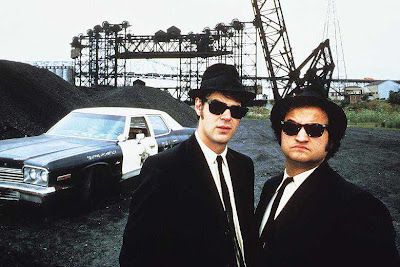
8. **“Blues Brothers 2000” (1998)**The original “Blues Brothers” film is a timeless musical comedy, one that many fans felt was absolutely deserving of a sequel. However, there was an enormous, heartbreaking obstacle: the tragic and untimely death of the irreplaceable John Belushi. Logic might suggest this devastating loss should have effectively put the kibosh on any plans, as some things are simply too sacred, too dependent on unique chemistry.
Yet, the allure of the franchise proved too strong to resist. The “urge to start up the Bluesmobile again” apparently became an unstoppable force, culminating in the release of “Blues Brothers 2000” in 1998. The title itself hinted at a new era, but many knew deep down that some things simply couldn’t be replicated, no matter how much you wished.
Now, “no offense whatsoever to John Goodman,” a supremely talented actor in his own right. But the truth, as many original fans saw it, was that “getting anyone else but Belushi to boogie alongside Dan Aykroyd was a fool’s errand.” The magic of the original lay in the inimitable dynamic between Jake and Elwood, a bond forged in music and mayhem.
Indeed, it turned out that “many people felt the same.” Despite some mixed critical reviews, fans of the original largely viewed “Blues Brothers 2000” as “straight sacrilege.” The box office numbers spoke volumes, too, with the movie only grossing approximately $14 million. It’s a testament to how crucial original casting and chemistry are, and how even strong desire for a continuation can’t overcome the absence of a true legend.
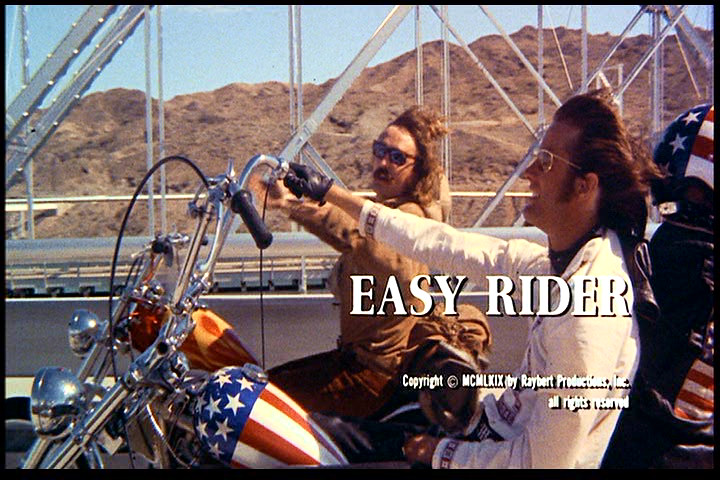
9. **“Easy Rider: The Ride Back” (2012)**Here’s one that likely flew under the radar for even the most dedicated film buffs: “Easy Rider: The Ride Back.” We’re “willing to bet very few of you even knew this existed,” and for good reason. With an “extremely limited release that peaked with Bike Fest Tampa” – and absolutely “no offense to that event” – this belated follow-up hardly made a “dent in the legacy of the 1969 film.” It’s the kind of sequel that exists in the shadows.
While the creators legally obtained rights to use the iconic title and even some “archival footage,” the film itself felt less like an official continuation and “more as fan-fiction than anything else.” This was heavily amplified by “zero members of the original production returned.” Imagine trying to recapture the raw, countercultural spirit of “Easy Rider” without any original voices.
They did, however, find “a Peter Fonda look-alike to play his character’s brother,” an attempt to bridge the gap that ultimately just underscored the artificiality. The absence of the original cast and crew left a void a doppelgänger couldn’t fill. The soul of the original film was simply missing.
But perhaps the “biggest strike against this movie has to be it learning the wrong lessons from the first.” “Easy Rider” was a profound exploration of freedom and rebellion. “The Ride Back,” however, completely “ditch[ed] the countercultural themes in favor of motorcycle porn. Lots and lots of motorcycle porn.” It reduced a cultural touchstone to a superficial showcase.
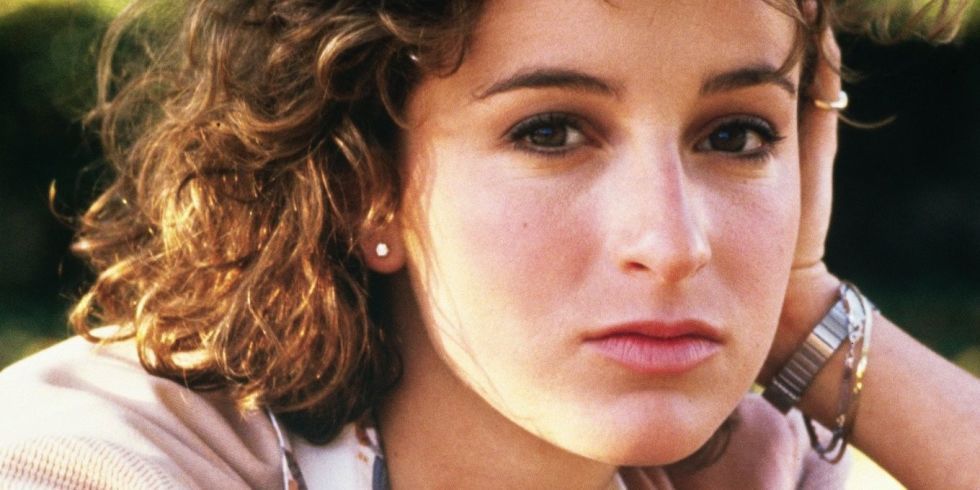
10. **“Dirty Dancing: Havana Nights” (2004)**”Dirty Dancing: Havana Nights” stands as a prime example of a film with “potentially interesting” core ideas “broken down to make a quick buck.” The ironic twist? It “didn’t even do that,” struggling at the box office. It’s a classic tale of misguided marketing, all in pursuit of a familiar name, even if the spirit was completely different.
Originally, the concept harbored a more ambitious vision. It was conceived to intricately “integrate the Cuban Revolution into its star-crossed love story,” offering a rich historical backdrop. However, this promising political context was “largely pushed aside to accommodate the dancing angle,” a clear move to “draw associations to a far superior film,” the original “Dirty Dancing.”
This strategic pivot, intended to cash in on brand recognition, ultimately stripped the film of its unique potential, leaving it feeling like a hollow echo. The “bait and switch” tactic, as the context cleverly points out, proved ineffective, with the film barely managing to recoup its production budget. It was a stark lesson that “even the most gullible of audiences wouldn’t fall for a bait and switch.”
Even the presence of the beloved Patrick Swayze in a cameo role couldn’t save “Havana Nights.” While fans loved “Patrick Swayze cameos wherever we could get them,” his appearance here simply “couldn’t justify a cynical marketing ploy.” It felt less like an organic part of the story and more like a desperate attempt to lend legitimacy.
11. **“Super Troopers 2” (2018)**The original “Super Troopers” undeniably transformed into a “downright cult classic.” Its irreverent humor and memorable shenanigans resonated deeply with a dedicated fanbase. The call for a sequel was loud, but there’s a particular “danger… with developing a comedy sequel over the span of several years,” mainly because “senses of humor and the genre as a whole are always changing.”
This inherent challenge was precisely the “impediment the Broken Lizard troupe encountered.” The path to production wasn’t smooth, as they weren’t able to “secure financing until launching an Indiegogo crowdfunding campaign in 2015.” This success finally paved the way for the film’s release in 2018, seventeen years after the original.
While “the film was finally released in 2018” and was clearly “made strictly for the fans,” the passage of time had a noticeable effect. The signature antics of the Vermont Highway Patrol, once fresh and absurd, “simply aren’t as endearing meow-adays.” The comedic landscape had shifted, and what once felt subversive now felt a little too familiar.
Ultimately, “Super Troopers 2” serves as a bittersweet reminder that cult status doesn’t guarantee a smooth transition into a belated sequel. Even with the best intentions and a direct appeal to loyal fans, comedy is a delicate art that thrives on timing. When you wait nearly two decades, the world, and its sense of humor, can move on.
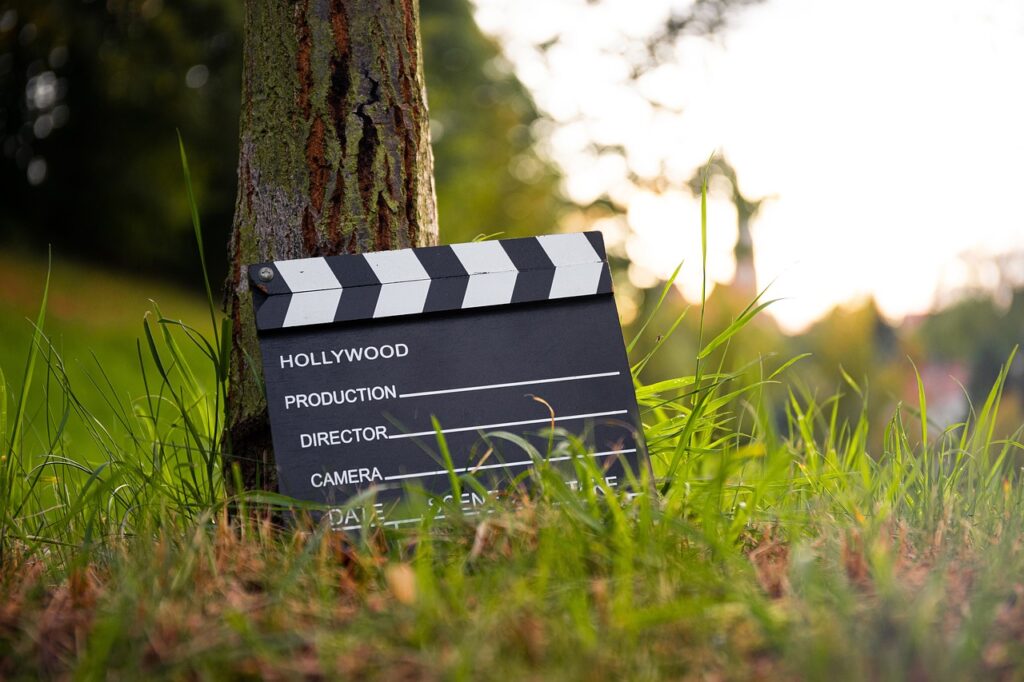
12. **“The Two Jakes” (1990)**This is the much-delayed follow-up to “Chinatown,” one of the greatest neo-noir films ever made. Jack Nicholson’s Jake Gittes certainly felt worthy of “solving multiple big-screen mysteries.” Yet, the story behind “The Two Jakes” is a saga of “unending series of production troubles,” a clear indication that “it never should have been made” at all.
One significant “hindrance” was the absence of original “Chinatown” director Roman Polanski, who had to “flee the United States to avoid criminal charges.” This created an almost insurmountable void. The real “kicker came in 1985 when original filming was suspended due to production disputes,” further derailing a project already mired in complexity.
Eventually, Jack Nicholson himself courageously “stepped in to direct himself four years later” in 1989, a monumental task. However, by that point, the momentum, the urgency, and perhaps even public memory had waned considerably. The harsh reality was, “by that point no one cared” as much as they might have a decade earlier.
The financial outcome was predictably grim: “the film earning only two-fifths of the budget.” It was a critical and commercial disappointment, a stark reminder that even acclaimed films can’t simply be revived decades later without significant creative cohesion and a captivated audience. “The Two Jakes” remains a cautionary tale of how production hell and protracted delays can extinguish a brilliant continuation.
Read more about: Ronnie Rondell Jr.: The Stuntman Behind the Flames, A Legacy Forged in Hollywood History
And there you have it – another six entries in our regrettable list of film franchises that truly pushed the boundaries of “too late.” From the gritty streets of post-noir L.A. to the open roads of a misremembered counterculture, and from the dance halls of Havana to the absurd antics of the Vermont Highway Patrol, these films teach us a powerful lesson. Whether it’s the absence of a beloved star, a fundamental misunderstanding of the original’s appeal, or simply the relentless march of time changing comedic tastes and audience expectations, striking while the iron is hot isn’t just a cliché in Hollywood; it’s often the difference between a legacy sequel and a forgettable footnote. So, next time a studio announces a long-awaited revival, maybe just, you know, lower your expectations. Sometimes, the best sequel is the one that exists only in our fond memories.

